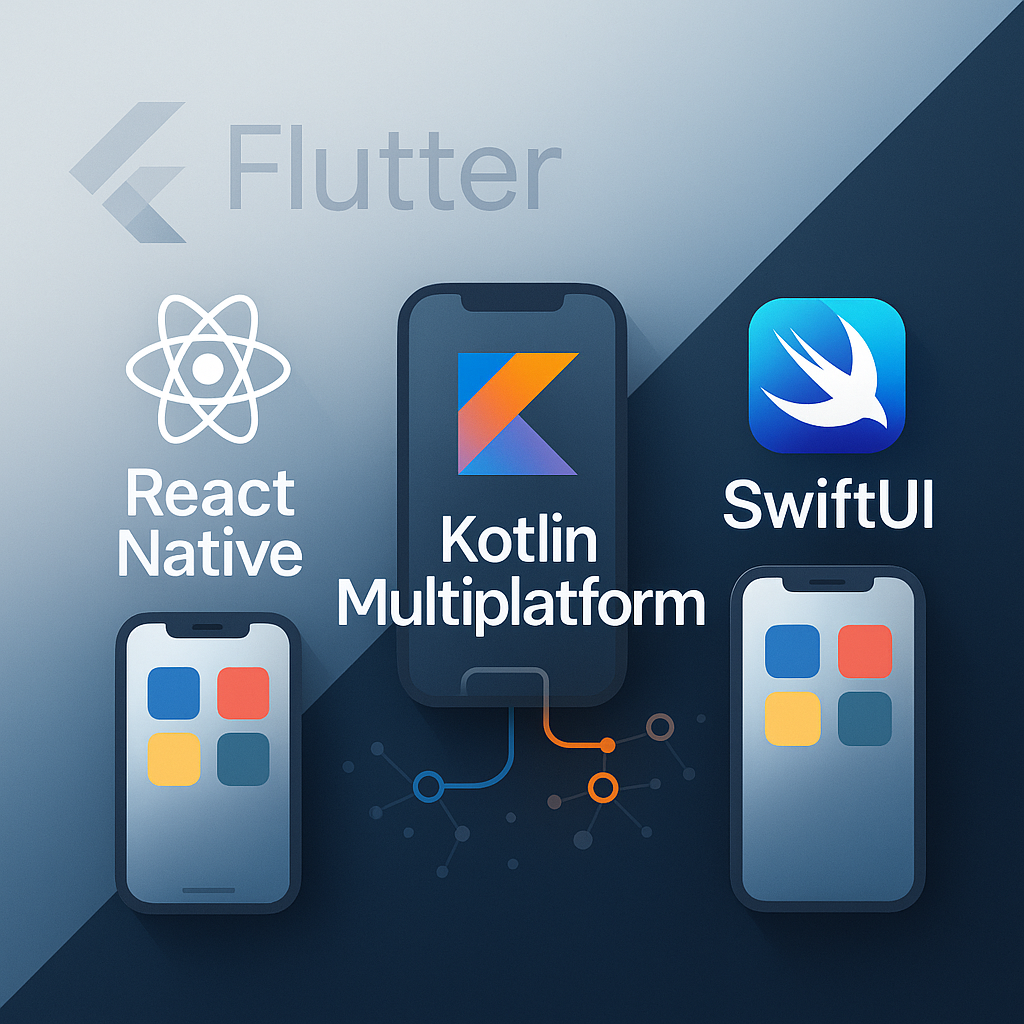In today’s quick-changing app development scene, tools come and go. A while back, Flutter grabbed everyone’s attention as a way to build apps that run on both Android and iPhone. But these days, you might hear folks asking, “Does Flutter still matter?” or even, “Has Flutter kicked the bucket?”
Let’s break this down in simple terms and look at what’s happening — and what other tools coders are eyeing in 2025.
🧰 What’s Flutter All About?
Flutter is a Google-made tool that helps coders build apps for different platforms — Android, iOS, web, and desktop — using one set of code. Rather than creating separate apps for each device, Flutter allows you to write once (using Dart) and run everywhere.
Coders like Flutter because it offers:
- Smooth animations
- Good-looking UI designs
- Quick development time
📉 Why Do People Think Flutter Might Be Losing Steam?
Flutter isn’t “dead,” but its growth has slowed. Here’s why some coders are starting to look elsewhere:
- Dart Lacks Widespread Adoption: Dart isn’t as common as JavaScript or Python making it hard to find developers.
- Large App File Sizes: Flutter apps often take up more space causing issues for users with limited storage.
- Longer Launch Times: Some Flutter apps start up more than native ones.
- Limited Use by Major Companies: While Flutter performs well most big brands haven’t embraced it .
- Emerging Alternatives: New tools are popping up offering more adaptability or better performance.
🔄 What Are Developers Turning To?
Flutter’s buzz has settled a bit, and other frameworks are now in the spotlight. Here are the top alternatives:
🔹 1. React Native (Better Version)
React Native, a Meta (Facebook) creation, remains popular. It has an improved architecture and supports JavaScript or TypeScript — two used coding languages worldwide.
🔹 2. Kotlin Multiplatform (KMP)
KMP allows developers to write business logic for both iOS and Android while offering native UI flexibility. Experienced Android developers are drawn to it for cleaner more scalable app development.
🔹 3. Native Tools (SwiftUI and Jetpack Compose)
Some teams are skipping cross-platform frameworks and going for a “dual native” approach. They use:
- SwiftUI for iOS
- Jetpack Compose for Android This method takes longer but has an impact on performance and control.
🔹 4. Tauri and Capacitor
These web-focused tools let you build mobile and desktop apps using web technologies (HTML, CSS, JS). Tauri, in particular, is known to produce apps with very small file sizes and performance like native apps.
🤔 Should You Still Learn Flutter?
Yes — if you’re already using Flutter or building a basic working version of your product, it’s still a solid choice.
Flutter is:
- Simple to pick up
- Ideal for new businesses
- Google backs it
But when you kick off a fresh project in 2025, it’s wise to check out choices like React Native or Kotlin Multiplatform, based on your aims and what your team feels at ease with.
🔮 Where’s Mobile App Development Headed?
One “perfect” framework might not exist anymore. Instead, developers choose tools that fit their needs:
- Need web + mobile in one package? Look into Capacitor or Tauri.
- Want total control and top-notch performance? Go for SwiftUI + Jetpack Compose.
- Need shared logic and adaptability? Kotlin Multiplatform fits the bill.
Every tool has its strong points — the main thing is picking what works best for your app.
